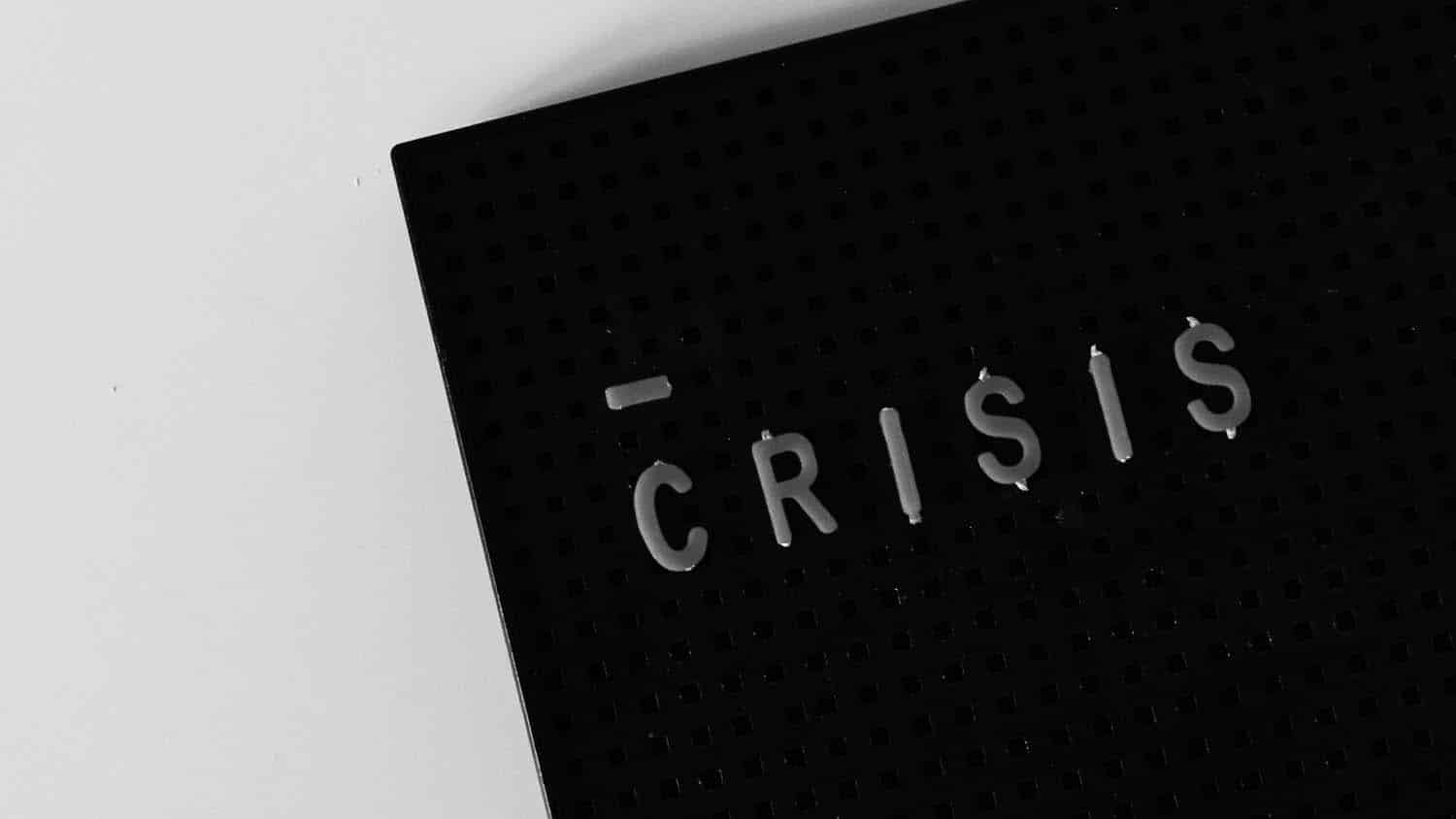Wolfpack Writers: Melissa Johnson

Melissa Johnson is a professor of communication at NC State. Her first book, Engaging Diverse Communities: A Guide to Museum Public Relations, details how institutions can use communication fundamentals to establish and maintain relationships with a wide range of cultural groups and constituencies. We caught up with Johnson to learn more about her in-depth research and museum interests.
What motivated you to write Engaging Diverse Communities?
There is a plethora of studies, including my own research, about stereotypes in the media. Even analyses of Latino and African American ethnic media have found the presence of stereotypes and limitations in how cultures are portrayed. Because public relations professionals now control many organizational communication channels — from corporate websites to the social media used by activist groups — there are opportunities for organizations to compensate for traditional media shortfalls. Thus, my goal was to produce research that would demonstrate how communicators can positively represent cultures.
Museums are certainly cultural depositories, so this organizational genre seemed to be a fit. No museum public relations book had been published since 1983, another impetus for the project.
What kind of research did you do for this book?
Thanks to partial funding from the College of Humanities and Social Sciences and the Department of Communication, I conducted in-depth interviews with 22 museum communicators in our nation’s top four immigration gateway cities — New York, Chicago, Los Angeles and San Francisco. These communicators were experts at museums specializing in various cultures, ranging from African American, Latinx and Asia-related museums to those focusing on various European cultures such as Polish and Ukrainian museums. I also analyzed 225 U.S. museum websites, digital newsrooms and social media of mainstream art and history museums, African American museums, American Indian museums and other ethnic museums. Two Department of Communication students assisted with some of the coding for these content analyses.
In addition to contributing to intercultural public relations theory, I hope that the insights gained from the interviews and content data will be of interest to ethnic museum and mainstream museum practitioners.

What got you interested in museums? Do you have a favorite?
I was a communication intern at an art museum for two summers while an undergraduate, which provided a practical look at the importance of arts and culture communication.
I have too many favorite museums to name just one, including our own North Carolina Museum of Art, of course! First loves were Boston’s Museum of Fine Arts and the Isabella Stewart Gardner Museum. Institutions with pre-Columbian collections, such as the Museo Nacional de Antropología in Mexico City, Museo Larco in Lima, Peru, and the Museo Oro del Peru in Lima are other contenders. The Miró museum in Barcelona is certainly among my top 10. The architecture of museums also is a draw beyond the art or artifacts, with San Francisco’s Museum of the African Diaspora and Charlotte’s Harvey B. Gantt Center gems for their quality of light and open spaces. The late Triangle architect Phil Freelon is responsible for those, although he is best known for the National Museum of African American History and Culture in D.C.
You juggle a lot. How does a professor make time to write?
I try to do all my course preparations, grading and graduate student-related reading on weekends so that after weekday teaching and service there are a couple days remaining for research. It’s always a challenge.
What’s your favorite childhood book?
Little Women.
What do you need to overcome writer’s block?
Compartmentalization. Routines. Coffee.
What book might people be surprised to find on your shelves?
The common link among our college’s professors is our interest in so many topics within the humanities and social science fields, so I doubt that anyone would be surprised at the wide range of books on my shelves!
What’s next?
Currently, I am trying to complete a longitudinal content analysis of Foreign Agents Registration Act (FARA) listings for organizations conducting public relations for Mexico in the United States. This falls under the heading of international public relations research, whereas the Engaging Diverse Communities book is intercultural public relations research because its focus is domestic.
This post was originally published in College of Humanities and Social Sciences.
- Categories:


